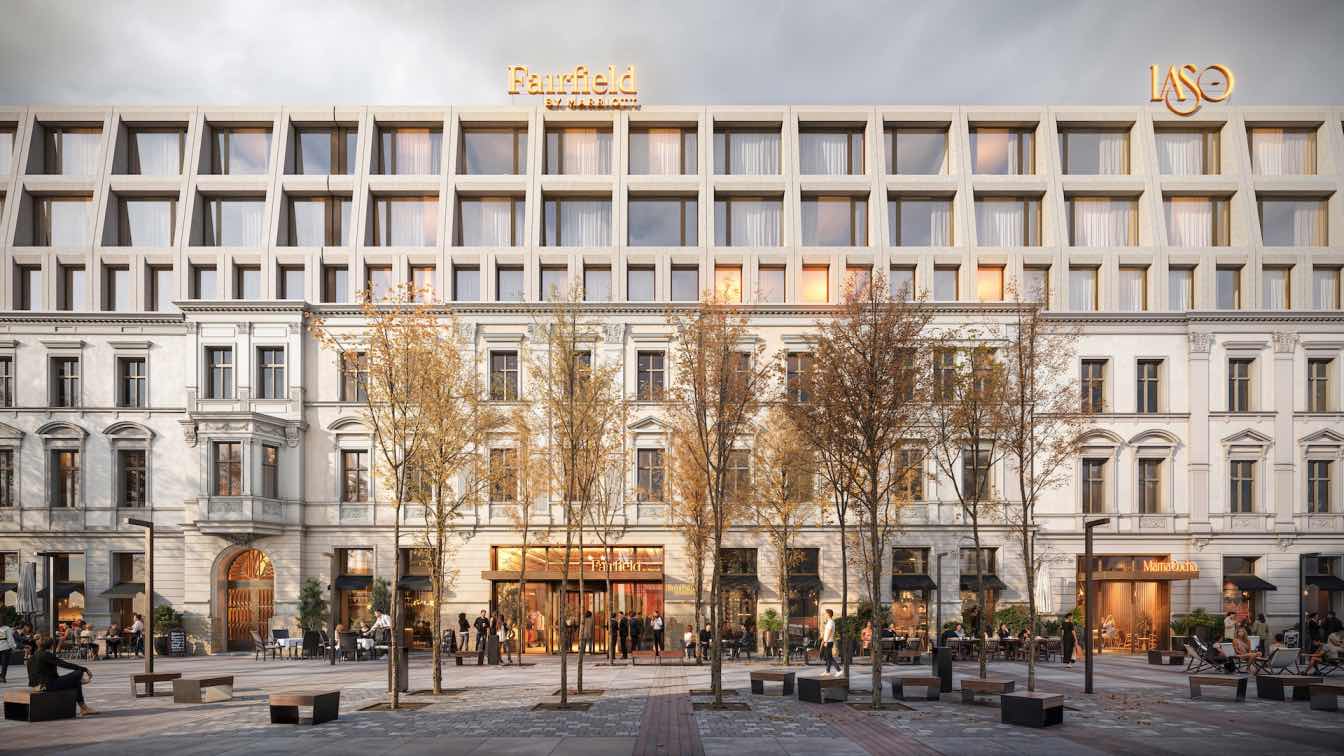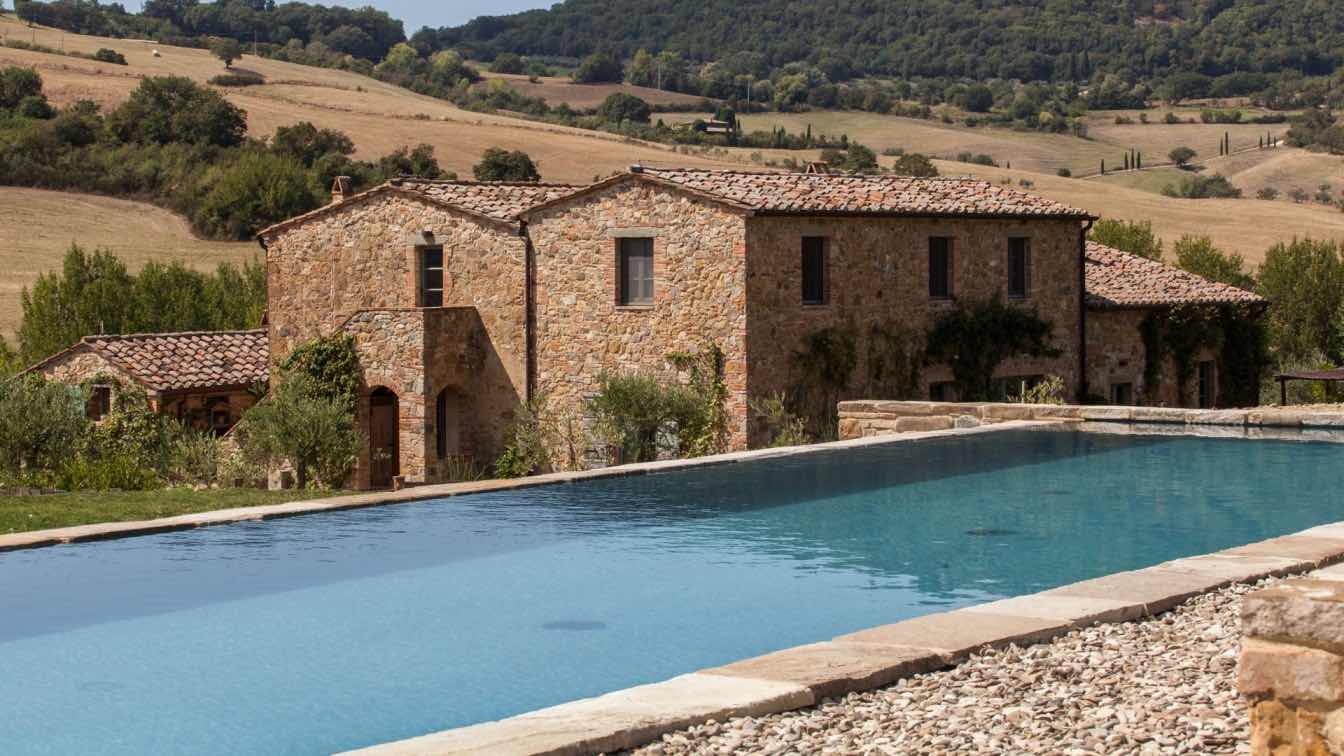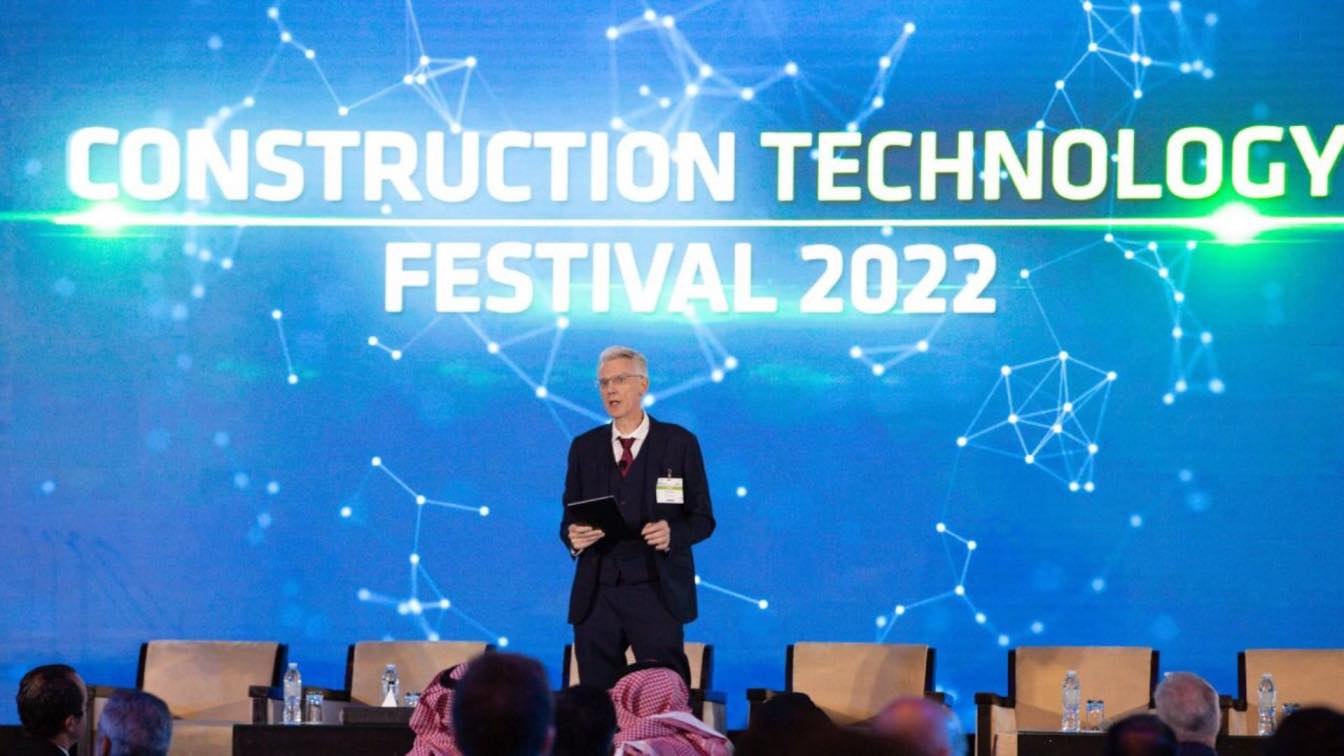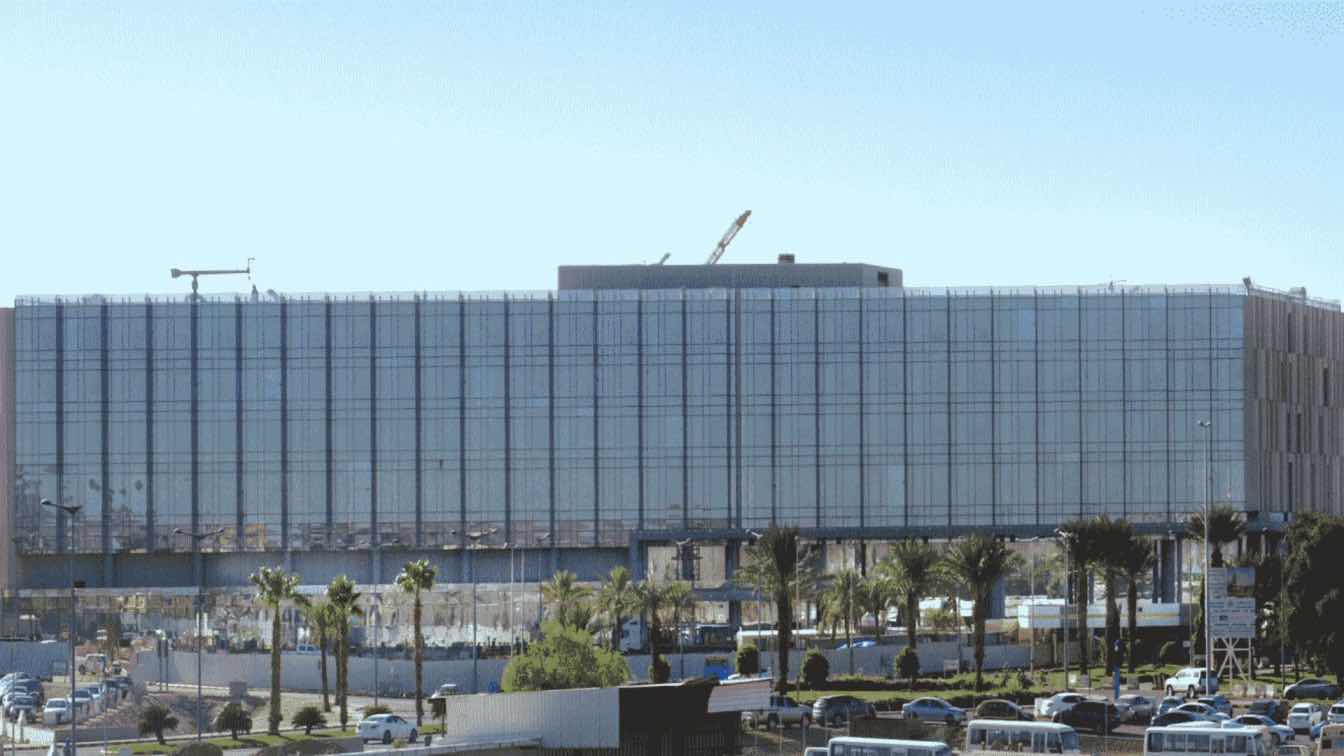Revitalization is a transformative process that promotes urban development and mitigates many challenges faced by cities. It rejuvenates city centres and safeguards historical heritage. In some instances, such as Katowice’s Dworcowa Quarter, the impact of revitalization extends far beyond simply restoring the splendour of historic buildings.
For decades, revitalization has set new paradigms for urban space. It restores the significance of historic structures, rescues deteriorating and abandoned monuments, and ultimately revitalises city centres, making them thrive with activity once more. The core idea of revitalization is to leverage old urban structures to create a new architectural quality that meets the needs of contemporary city dwellers. This approach demonstrates that revitalized city centres can become attractive places to live, providing a practical solution to the problem of urban sprawl and the desertification of inner cities. It is important to remember that every historic building—be it a tenement house, an abandoned factory, or an old warehouse—has a fascinating past that makes it unique and imbues it with a distinctive character. Revitalization, by breathing new life into old walls, allows this narrative to resonate in the present.
Revitalization: A Best Practice
In Western Europe, revitalization has been successfully practiced for many years and perfectly aligns with the concept of sustainable cities. Apart from combating suburbanization and enhancing the image of cities, it also has a social dimension as it curtails the depopulation of urban centres and enriches them with new functionalities. The waterfront of London’s Docklands, Vienna’s Gasometer, Berlin’s Kreuzberg, Lyon’s Confluence, and Hamburg’s HafenCity are exemplary revitalization projects that have transformed deserted and dilapidated urban spaces into urban environments that are thriving with activity once more.
Active ground floors – frontage along Dworcowa Square (KONIOR STUDIO)
Investors, also in Poland, are increasingly recognizing the potential of historic buildings, adapting them for cultural, office, retail, or service purposes. The urban renewal projects in Krakow’s Dolne Młyny, Katowice’s Nikiszowiec, Łódź’s Manufaktura, Bydgoszcz’s Mill Island, and Gdańsk’s Lower Town exemplify that revitalization drives urban development and improves the quality of public space. Such investments highlight the immense cultural and economic potential of renewing old districts and buildings.
The revitalisation of historic quarter structures has a pivotal role in modern urban development as it reinstates the traditional urban fabric with a grid of streets, squares, and parks, and also organizes the space scattered by modernist planners who replaced cohesive urban tissue with monofunctional buildings. Quarter-based development fosters social ties and acts as a catalyst for urban activities, invigorating human relationships and reducing the sense of urban anonymity. Hence, ongoing debates between architectural postmodernists and neotraditionalists continue to seek new urban models. In this context, the revitalization of historic quarter buildings and structures holds significant promise. A prime example of a return to quarter-based development is, for instance, modern Copenhagen.
Dworcowa Quarter: Revitalization of a Historic Urban Layout
Shaping the urban landscape through revitalization requires architectural prowess as well as an understanding and respect for tradition. It marries history with modernity, meeting the needs of residents. The Epione Group, with the substitute investor Hotel Invest Development, decided to invest in a cluster of historic tenement houses opposite the former Katowice railway station. They were drawn by the attractive location and the potential to revitalize a prestigious yet somewhat neglected part of the city centre. Between 2015 and 2023, the Epione Group acquired eleven tenement houses forming a quarter structure between Dyrekcyjna and Mielęckiego streets, giving rise to the Dworcowa Quarter project.
The revitalization of Katowice’s Dworcowa Quarter, led by Konior Studio, is exceptional in many ways. It involves not just individual buildings but an entire historic urban layout. By restoring a dilapidated area to the residents of Katowice and designing new functions within the tenement houses, it will reinvigorate them with life while preserving the continuity of the 19th-century urban structures.
The revitalization plan for the Dworcowa Quarter includes transforming the ground floors of all the tenement houses adjacent to the pavements and the square into retail and restaurant premises. By levelling their floors with the pavement, they will become more accessible and spacious. The basement and ground floor windows will also be modified, with contemporary panoramic storefronts and entrances with canopies replacing the existing ones. This will enhance the natural lighting of the new retail and restaurant space, giving them a modern character and visually “open them up” to Dworcowa Square. Additionally, entrances to hotels and offices will acquire a distinguished and refined presence, highlighting the uniqueness of the historic tenement houses. Part of the worn-out substance, devoid of any historic features, will be replaced with new structures. In both the revitalized and newly constructed buildings, the architects will incorporate the preserved historic stone, steel, and wooden elements.
Notably, a spa area and high-end hotel apartments will be created in the mansard attic of the unique tenement house at the corner of Dworcowa and Mielęckiego streets. An underground parking lot will be built within the quarter, with its entrance gate located at the ground floor of the existing tenement house on Mielęckiego Street.
Historical photographs of the tenement house at the intersection of Dyrekcyjna and Dworcowa streets, opposite Hotel Monopol, show a distinctive dome topped with a spire, which was removed during a previous renovation. According to the revitalization project, a rounded, contemporary extension will reinterpret this element of the historic architecture.
Konior Studio’s project also envisions the practical utilisation of roofs. Besides vegetation, photovoltaic panels will provide “clean” energy, and recreational terraces will be created on the sides facing Mielęckiego and Staromiejska streets, resulting in an impressive usable space. Additionally, skylights will illuminate the covered courtyard and spa area.
The Beauty of Historic Detail
The charm of the historic tenement houses between Dyrekcyjna and Mielęckiego streets lies not only in the harmony of their forms and the uniqueness of the urban layout but also in the numerous decorative elements adorning their façades. Artful details, plant motifs, and ornaments create compositions that captivate with their aesthetics. Therefore, the project team led by Tomasz Konior placed great emphasis on the reconstruction of historic details. The restoration of missing or damaged elements was based on preserved documentation and archival photographs.
The façades of all the tenement houses (stonework, plaster, brick, stucco, and cornices) and their decorative details will be renovated, along with the sandstone plinths. The revitalised elements of the historic architecture will include cornices, sculptures, window frames, pilasters, dormer finials, and even balconies. Original corner rustication and window and door woodwork will also be restored by the architects, bringing back the historic appearance of the Art Nouveau façades.
The renovation will also extend to the interiors. For instance, the walls, vaults, and floors of the historic hallway in the tenement house at Dworcowa 3 will be renovated, and the carpentry and coffered ceiling in the representative hall of the building at Dyrekcyjna 1 will be restored.
Following the revitalization measures, Dworcowa Square will become a user-friendly and functional public space that will enhance the attractiveness of Katowice’s centre. It will not only restore the splendour of the historic quarter but also create a place that is eagerly visited by Katowice residents and tourists wishing to explore and become more familiar with the capital of Silesia.























